Born in Omaha, Ruscha grew up in Oklahoma City before heading to Los Angeles just as it was about to blossom into a credible alternative to New York’s art scene thanks to the efforts of the Ferus Gallery, where Ruscha had his solo debut in 1963.
His work was initially received as a Left Coast variant of Pop Art, but this wasn’t precisely accurate. Influenced by Jasper Johns and René Magritte’s iconic work La trahison des images [Ceci n'est pas une pipe], Ruscha focused on the relationship between words and meaning and how both are rendered abstract by graphic design. Compositions such as Oof (1962) spell out their eponymous subjects in various typefaces familiar from advertising and magazines, setting up a tension between word-as-signifier and word-as-object. In this sense, Ruscha was as much of a conceptualist as he was a Pop Artist.
But pop-cultural referents weren’t entirely absent: Annie (1962), for example, features the title of the comic strip starring the curly-haired, redheaded orphan of the same name, while Trademark with Eight Spotlights (also 1962) reprises the famed emblem for the 20th Century Fox movie studio.




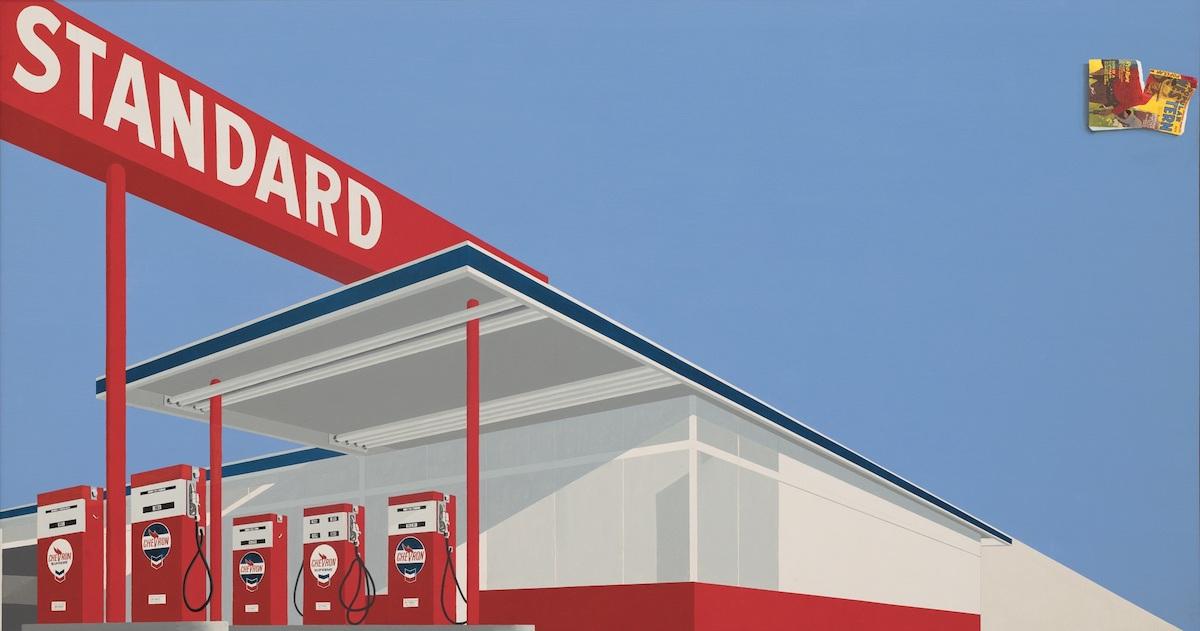
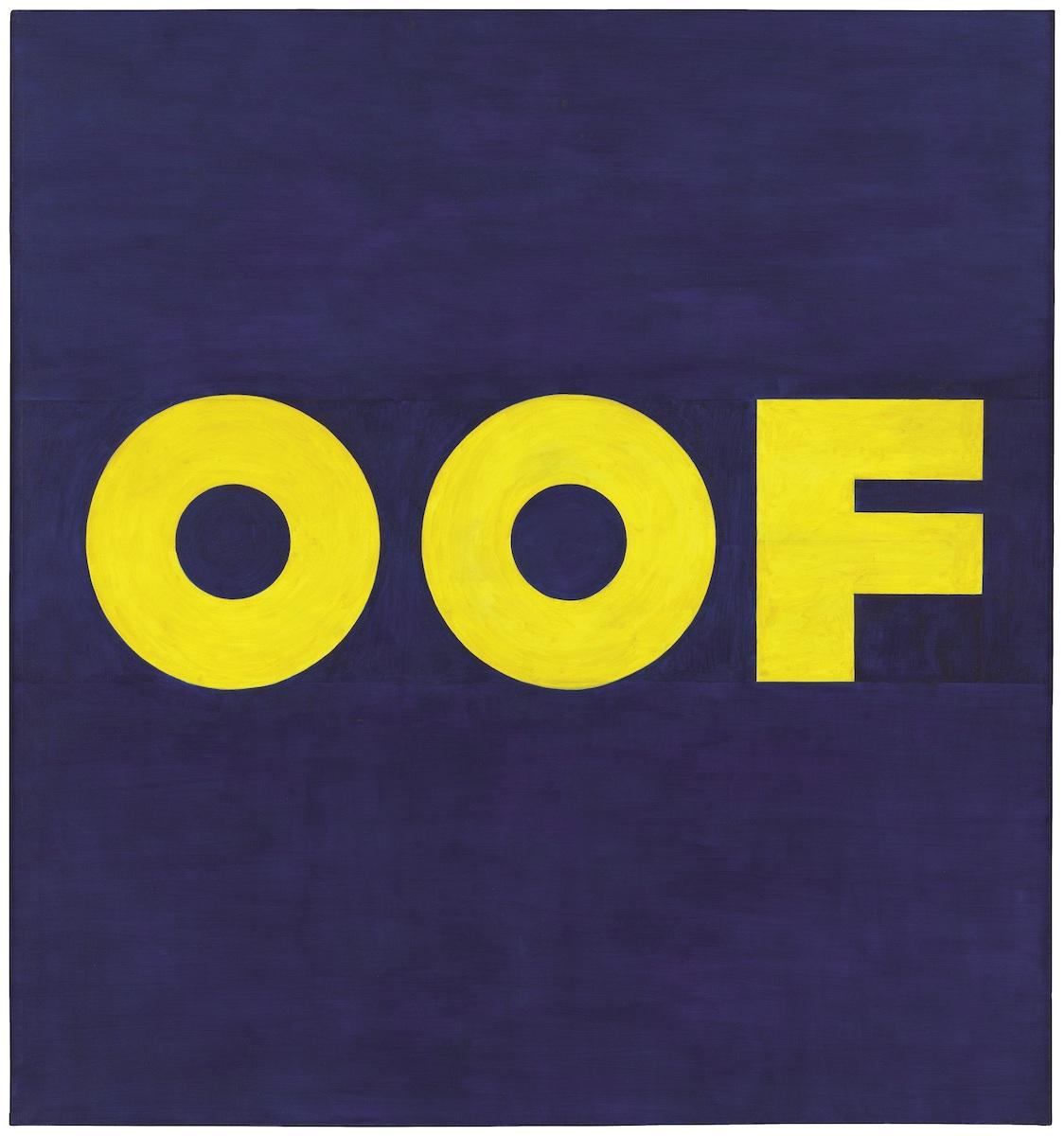


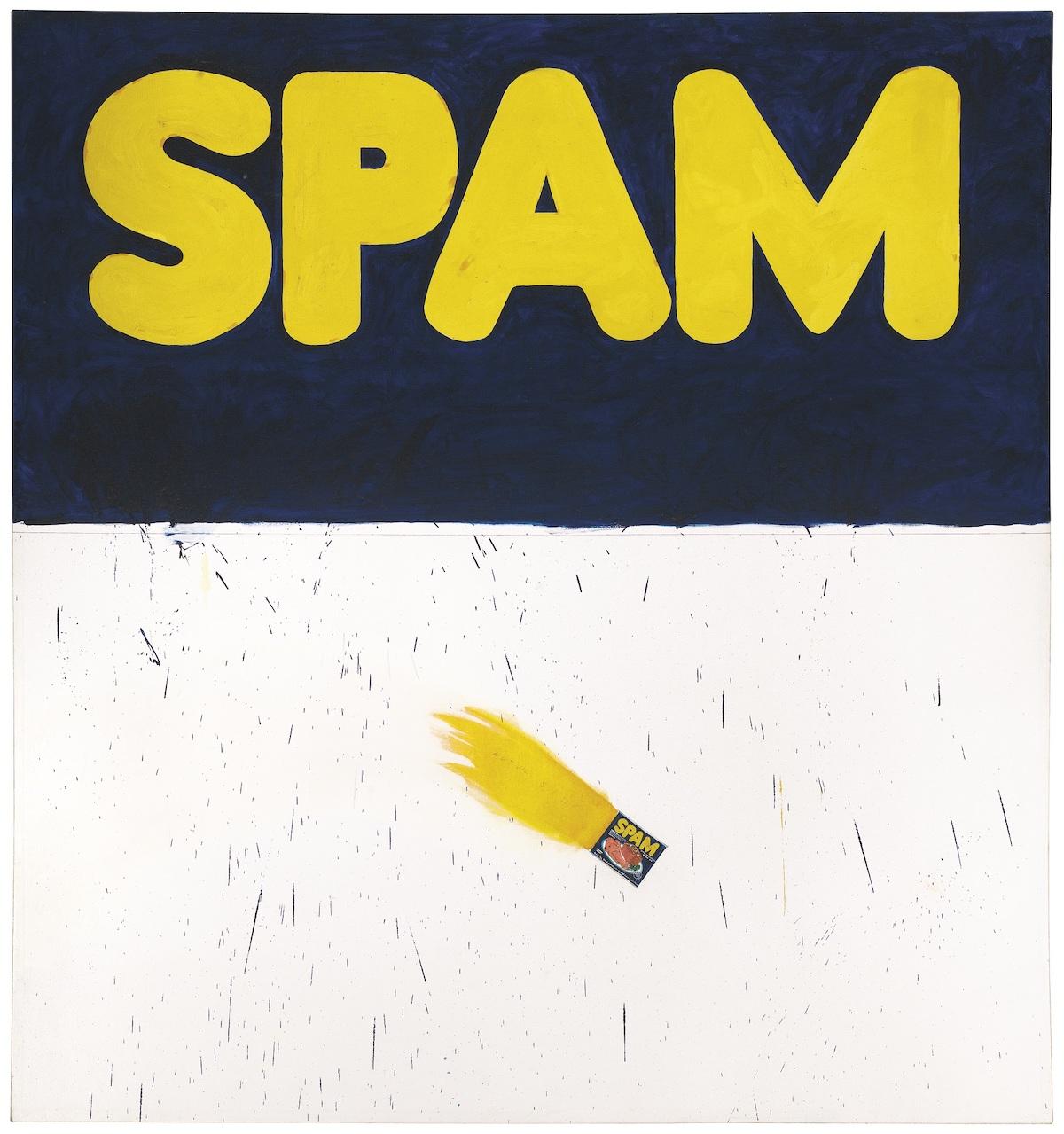
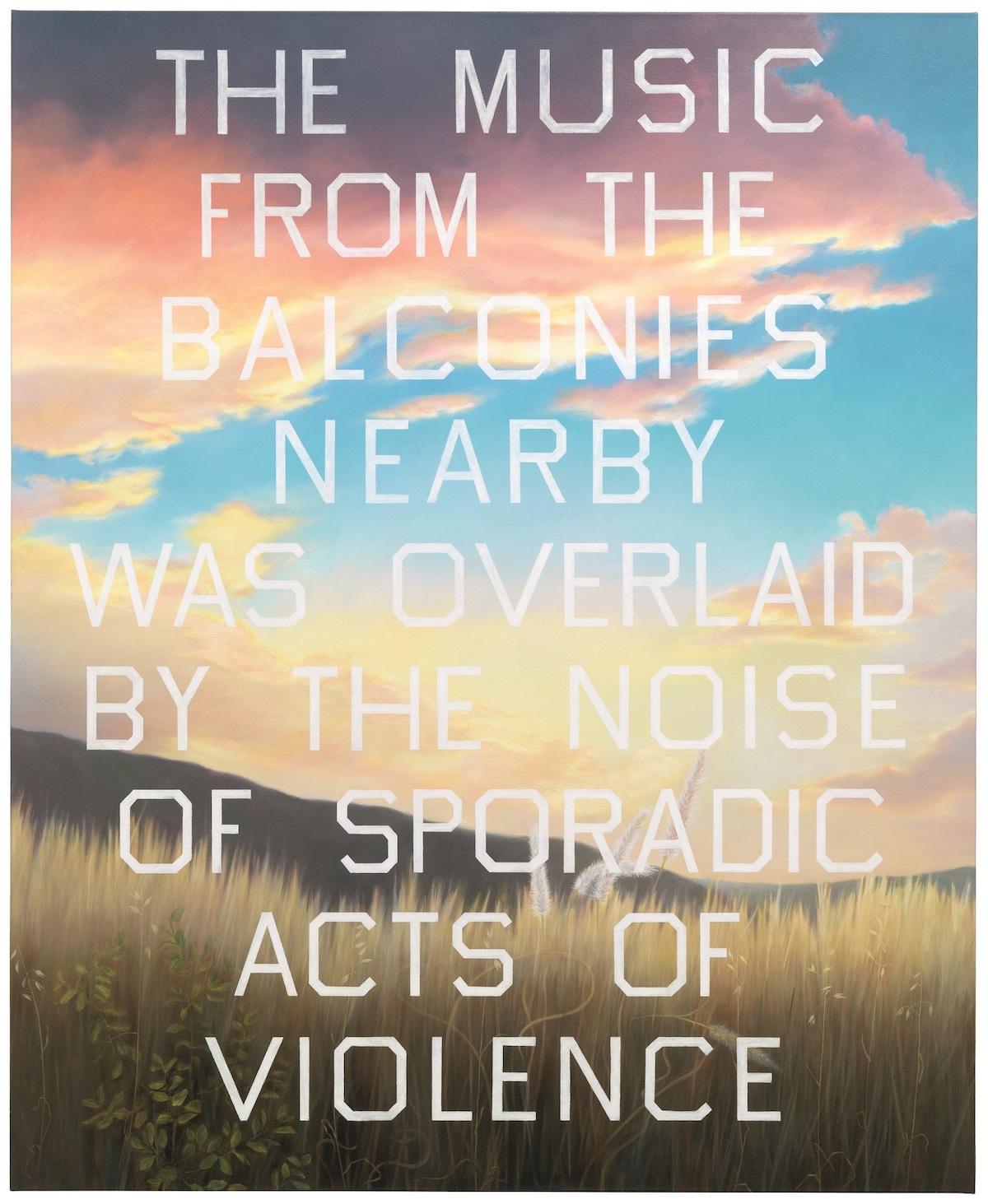

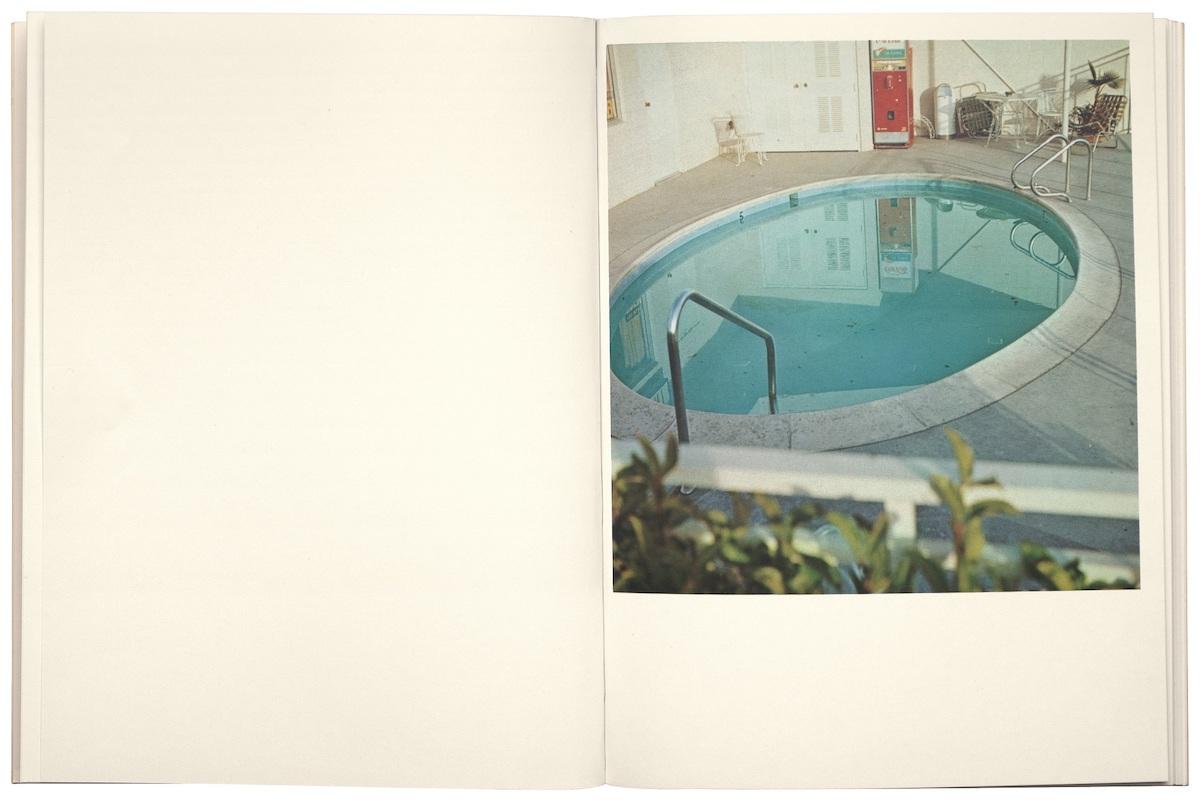
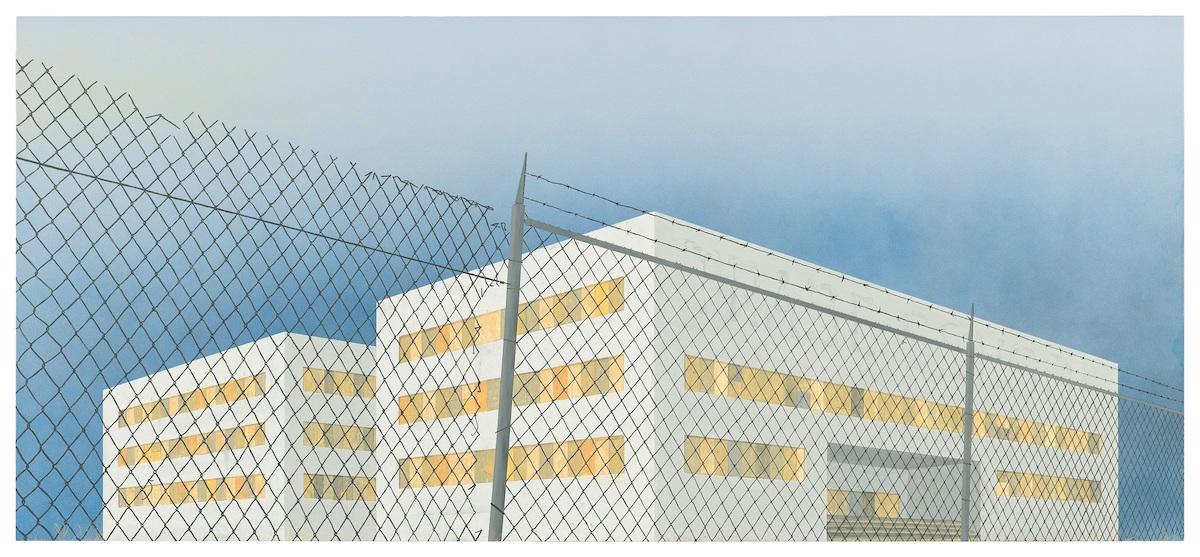
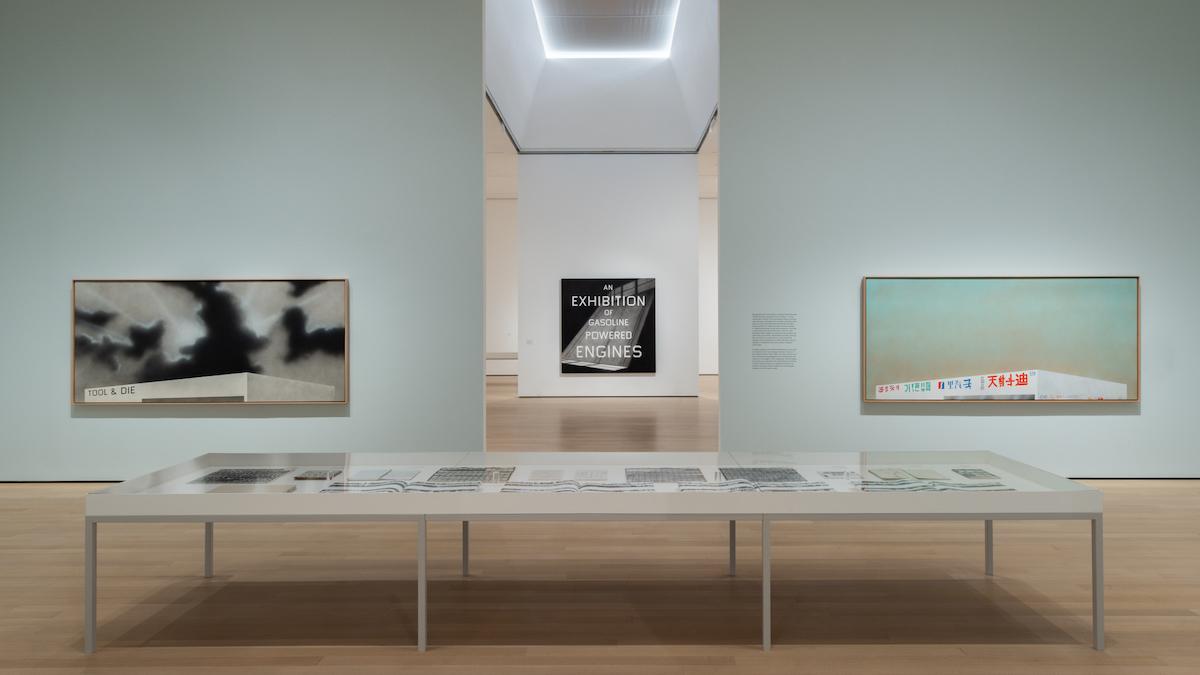
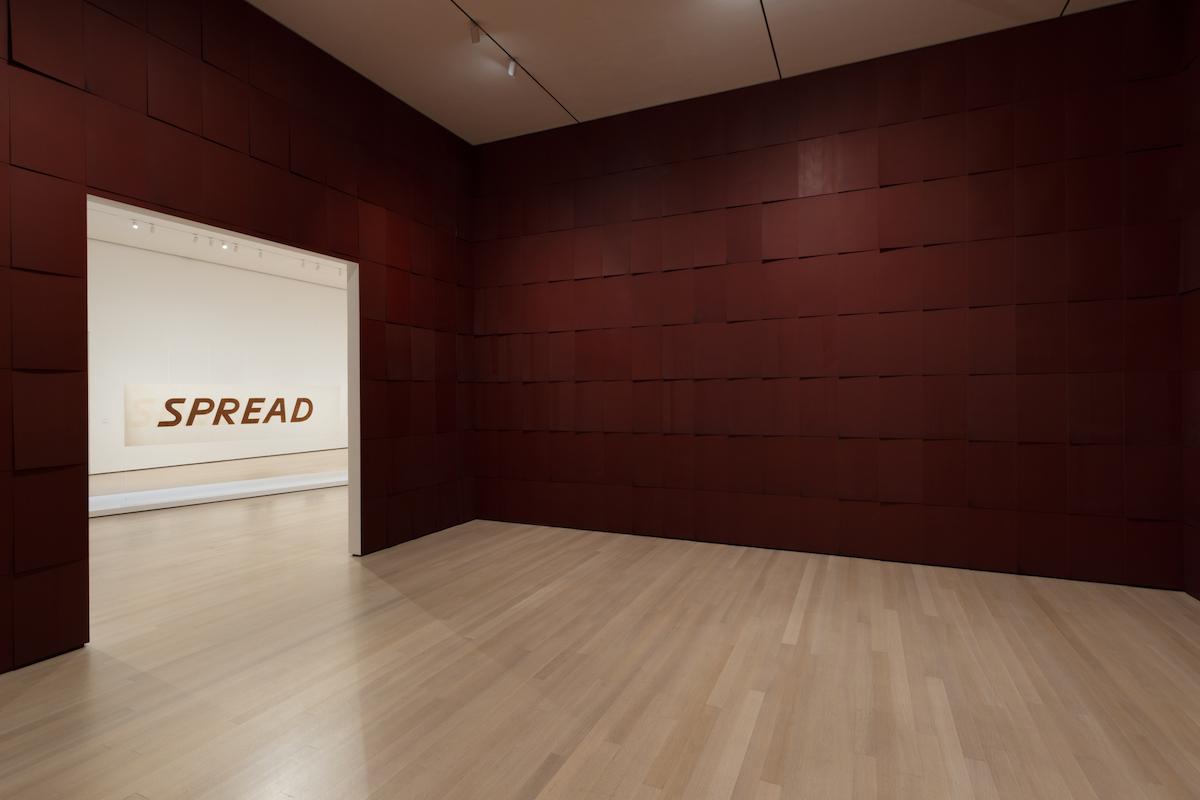
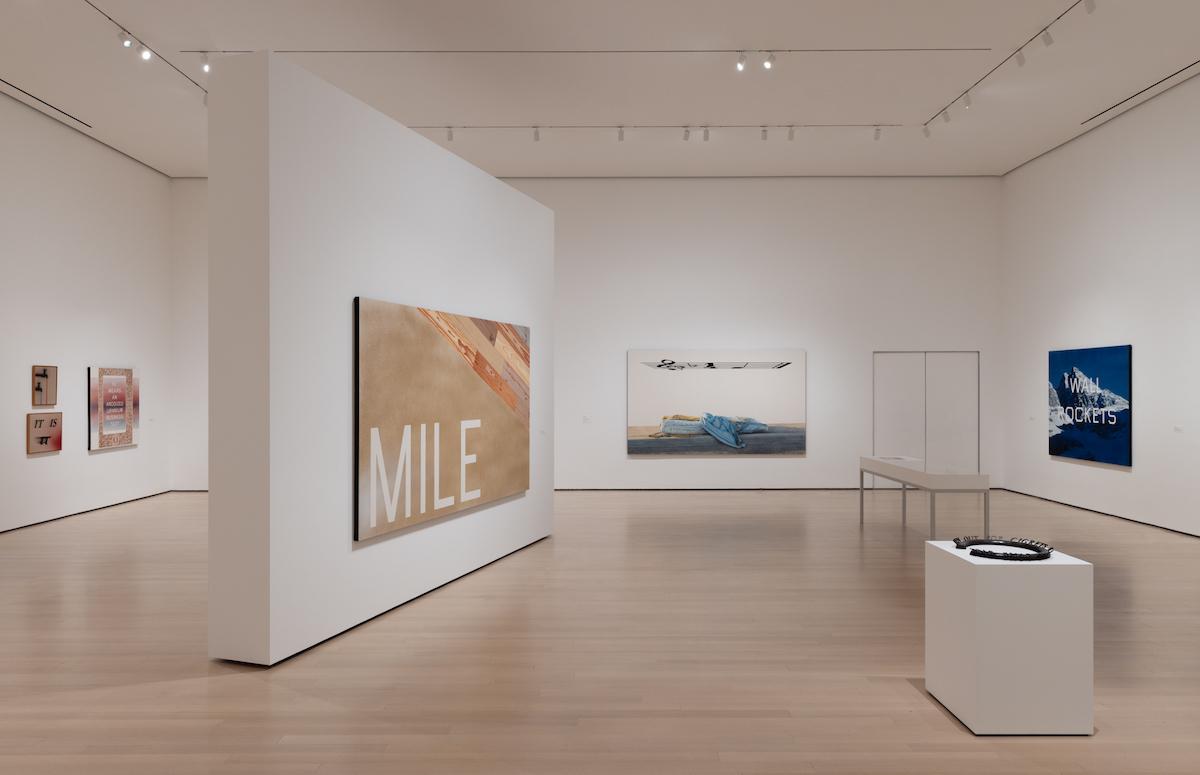

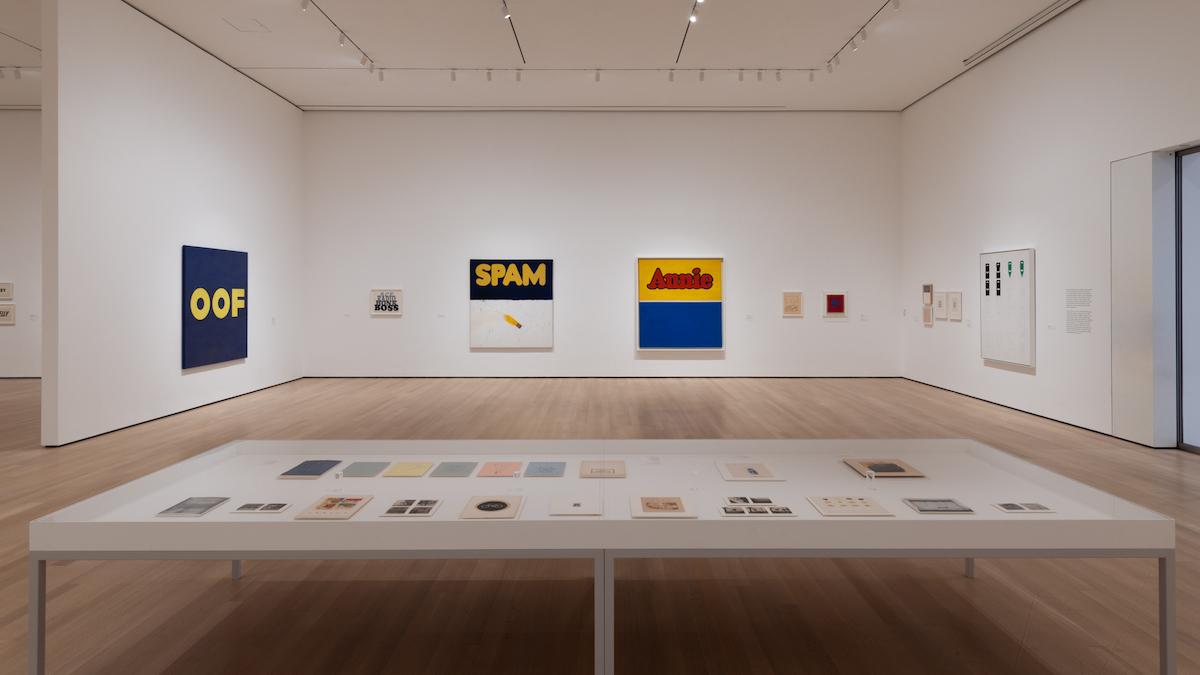


















![DEl Kathryn Barton [Australian b. 1972] the more than human love , 2025 Acrylic on French linen 78 3/4 x 137 3/4 inches 200 x 350 cm Framed dimensions: 79 7/8 x 139 inches 203 x 353 cm](/sites/default/files/styles/image_5_column/public/ab15211bartonthe-more-human-lovelg.jpg?itok=wW_Qrve3)



